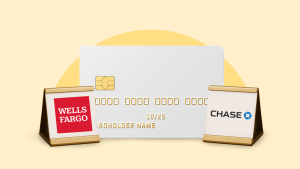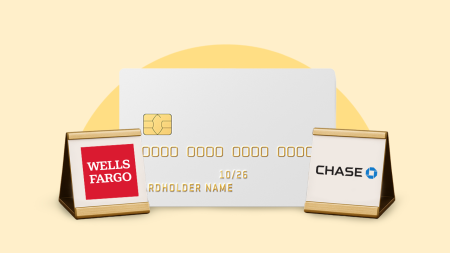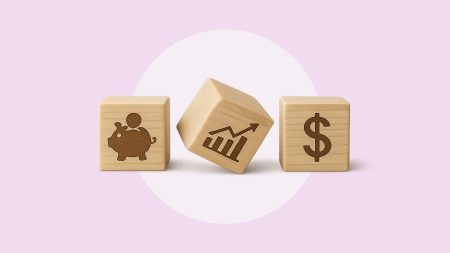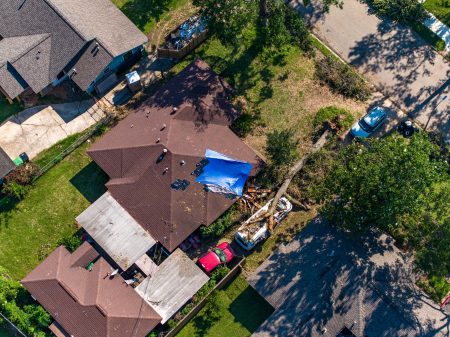Key takeaways
-
Fixed expenses remain constant within a budget, while variable expenses may change regularly.
- Examples of fixed expenses include rent or mortgage payments, while variable expenses can include things like groceries or entertainment.
- Budgeting for both fixed and variable expenses is important, and the 50/30/20 rule can help you allocate your funds.
Part of creating a budget is distinguishing between fixed and variable expenses. Fixed expenses are costs that largely remain constant, such as your monthly rent or mortgage. Variable expenses, on the other hand, are costs that may vary or be unpredictable, such as a car repair or a medical bill.
Whether a given expense is fixed or variable, it’s important to be able to account for all expenditures accurately in your budget to help ensure you can cover your bills and build up your high-yield savings account each month.
Fixed expenses definition
Fixed expenses are those that remain constant within your budget, although they may change occasionally. For example, your cell phone bill is a fixed expense, but if you switch to a new cell phone service, the fixed cost will change.
Fixed expenses are paid at regular intervals and may vary slightly, change significantly or stay the same, depending on the type of expense. Monthly fixed expenses are common, although fixed expenses may also occur weekly, quarterly, twice a year and yearly. Knowing your bills’ intervals can help in budgeting. If you pay car insurance twice a year, for example, divide the payment premium by six to get the monthly cost and include that amount in your monthly budget.
Examples of fixed expenses
Examples of fixed expenses include:
- Rent or mortgage payments
- Car payments
- Other loan payments
- Insurance premiums
- Property taxes
- Phone and utility bills
- Child care costs
- Tuition fees
- Gym memberships
Variable expenses definition
Variable expenses change regularly and may be directly influenced by the choices you make day-to-day. Unlike fixed expenses, variable expenses can be less predictable and more volatile, which isn’t to say that variable expenses aren’t necessary; many essentials fall into this category, such as groceries and clothing.
Because of their unpredictable nature, some households struggle to track and budget for variable expenses. Unless you add up every grocery receipt or rely on a budgeting app, you may not know how much you spend on food every month, for example, making it easy to overspend without realizing it. For help with budgeting, check out Bankrate’s home budget calculator, which allows you to enter your income and expenses and shows you how much money is left to save.
Some variable expenses can be more easily controlled than others. When purchasing clothing, for example, you can opt to buy cheaper items, second-hand items or wait for a sale to save money. Other variable expenses can’t be controlled, such as emergency medical expenses. If you get sick and need to see a doctor urgently, you may need to pay for some or all of the costs, depending on your health insurance coverage.
Examples of variable expenses
Common variable expenses include:
- Groceries and dining out
- Clothing
- Personal care
- Entertainment
- Gasoline
- Home and car repairs
- Medical bills
Budgeting for fixed and variable expenses
While budgeting for fixed expenses is simpler than for variable expenses, it’s important to do both to avoid overspending. Here are some tips to help budget for both kinds of expenses.
- Budget for essential expenses first. These may be fixed, like car payments and childcare, or variable, like groceries. For essential expenses that are variable, such as groceries, review how much you spent over the past six months to get an idea of approximately how much you’ll need to budget.
- Once you know your essential expenses, review your nonessential spending over the last few months, like dining out and entertainment. This can help you identify areas where you can reduce your spending to save money each month.
- See if the 50/30/20 rule can work for you: It means allocate 50 percent of your money to essentials, 30 percent to nonessential things and 20 percent to savings.
How to save on fixed and variable costs
Look for ways to save money in your monthly budget to build up your emergency fund or to do something fun, like take a trip. See if these tips can work for you.
How to save on variable expenses:
- Cancel monthly subscriptions (like for streaming videos or music) that you aren’t using or maybe aren’t using enough.
- Check out your local library’s offerings to save on subscriptions. You may be able to access your desired magazines and newspapers and even movie streaming services for free through your library.
- Use coupons and mobile grocery store apps to save on your grocery bills.
- Find free entertainment. Check out your community’s offerings to see what free events you might like. For example, in the summer, your local park may show movies at night.
How to save on fixed expenses:
Bottom line
Every month, your expenditures include both fixed and variable expenses. Understanding the difference is key to planning your budget and spending your money wisely. By dividing your expenses into fixed and variable categories and accounting for all of them in a monthly budget, you can get a clearer picture of your spending, find opportunities to reduce costs and put more money away for an emergency.
Read the full article here









